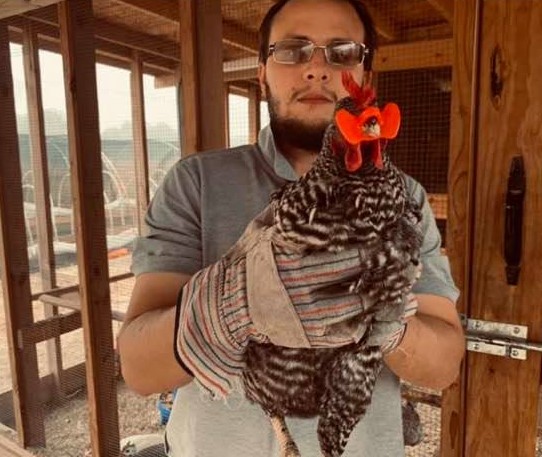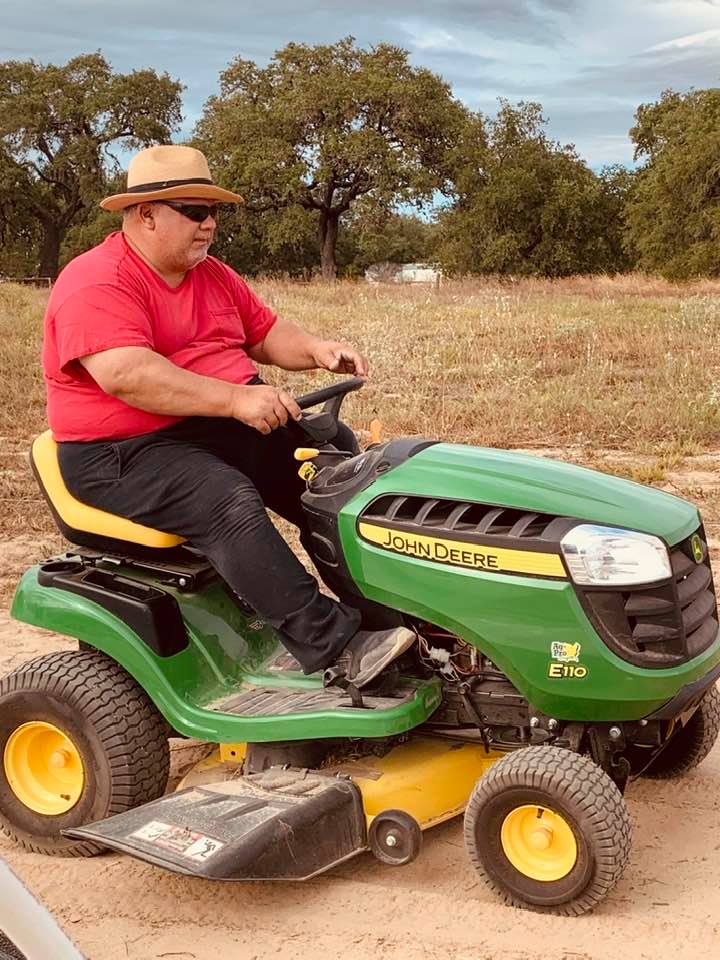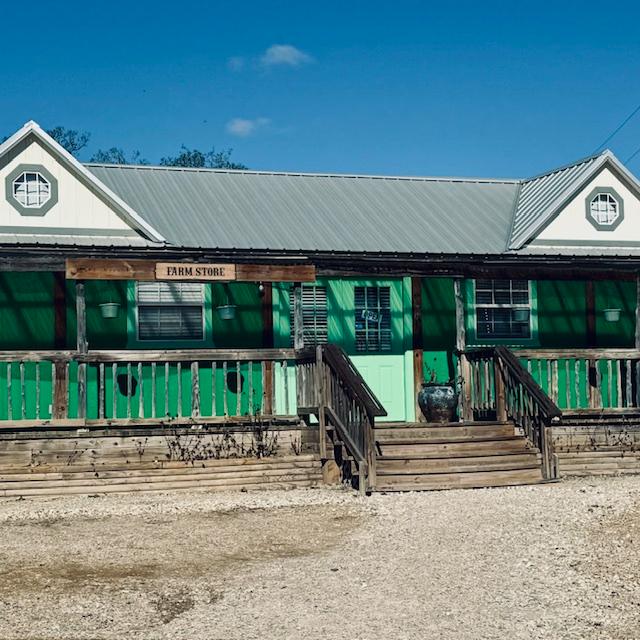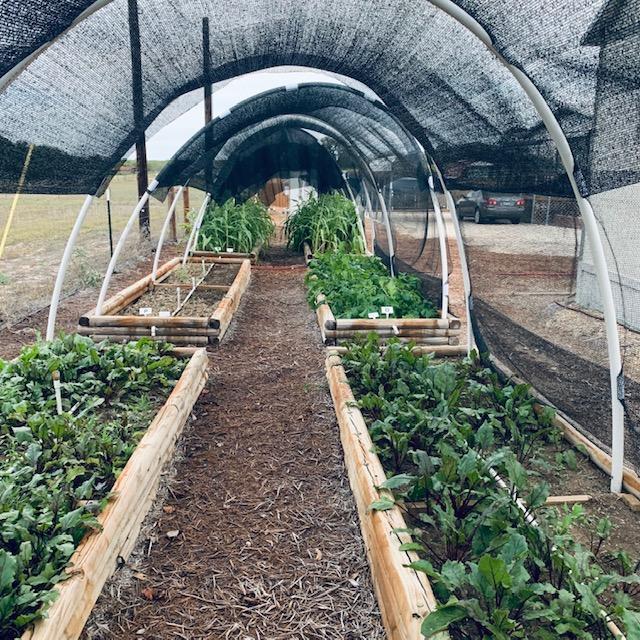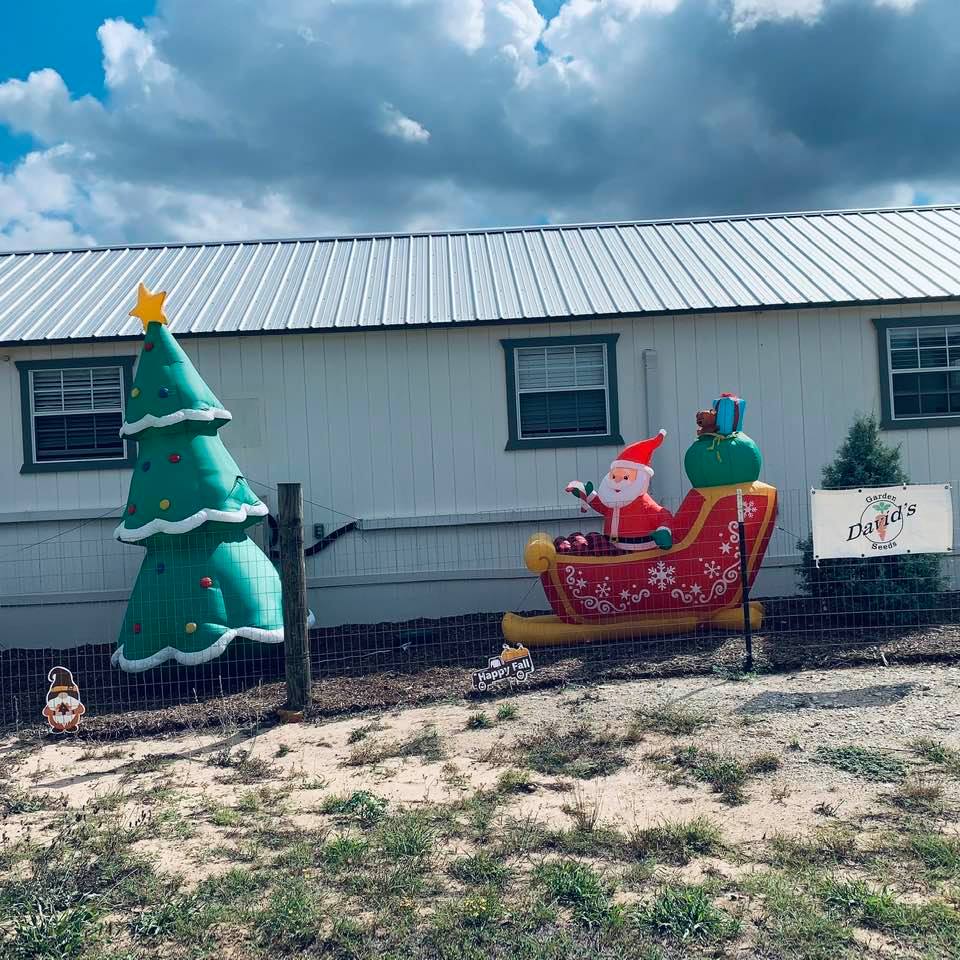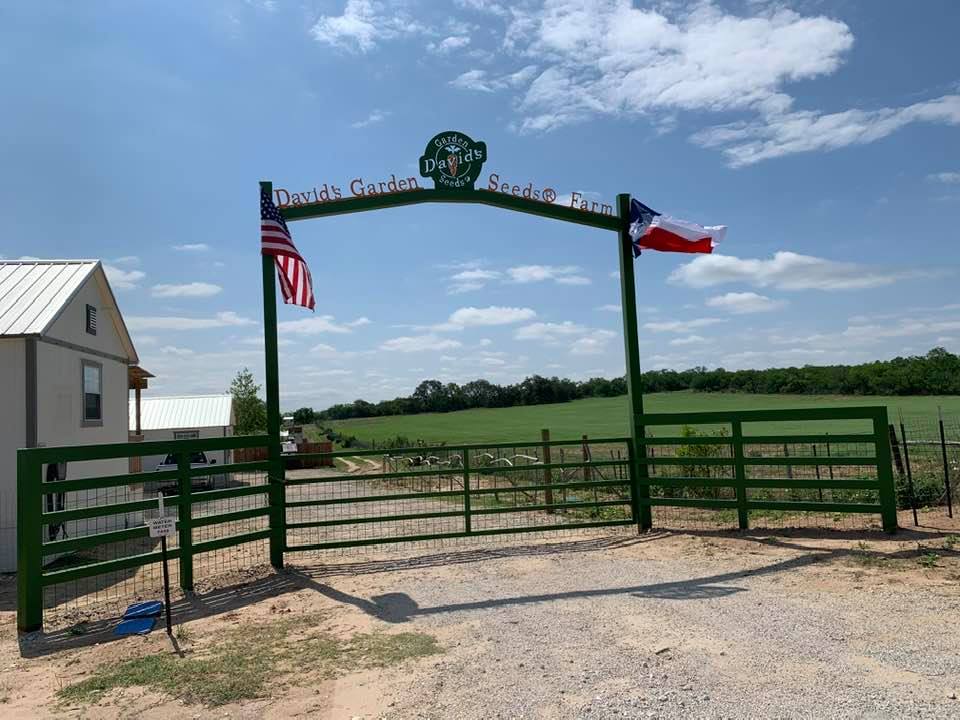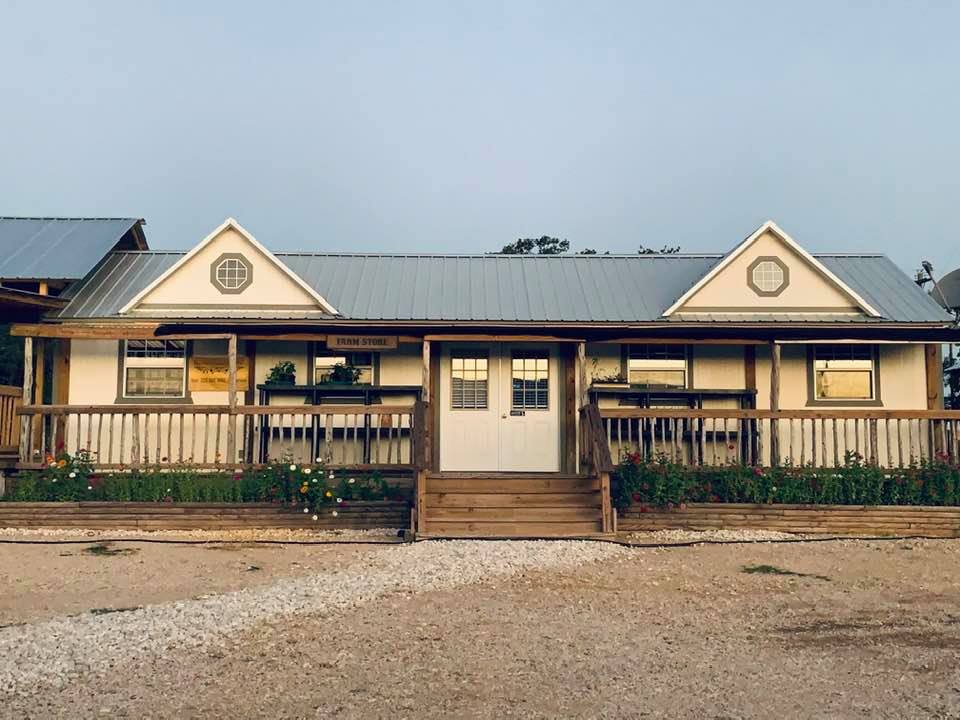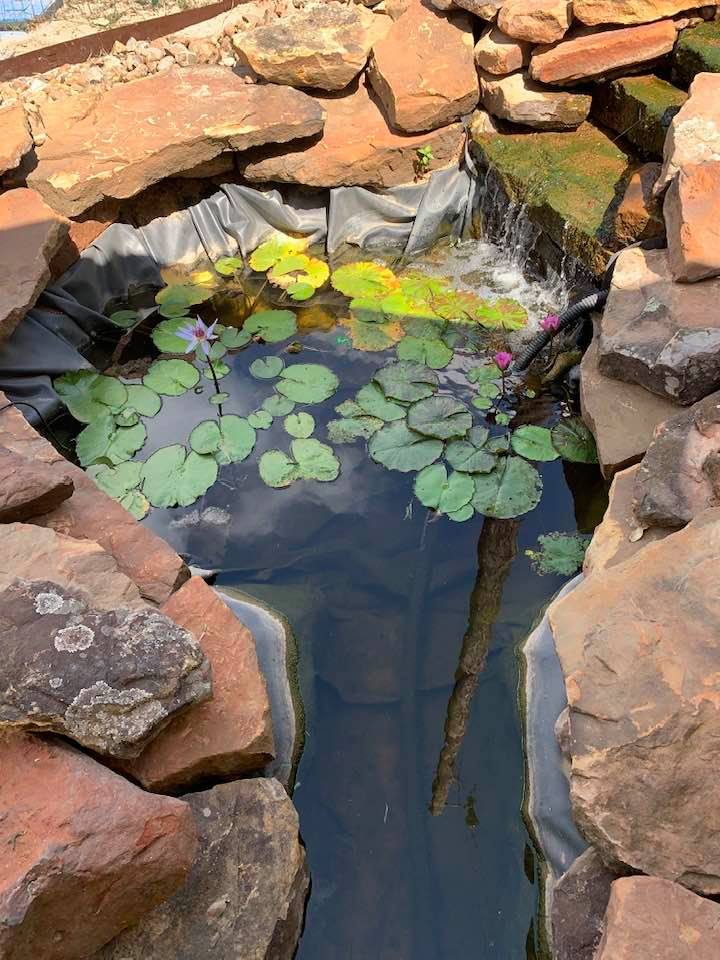Depression Era Plants
This week, we will look at some Depression era plants that were grown in gardens across the USA by our grandparents and great grandparents to get them through lean times back in the 1930s and early 1940s. They grew vegetables that many of you have never heard of before. The good news is that we carry many of the seeds. Yes, they are still available to grow from seed at David's Garden Seeds®.
Depression Era Plants - 11/24-11/30/2025
 This is a root vegetable called Scorzonera. Depression era gardeners grew it because meat was scarce and it tastes like oysters.
This is a root vegetable called Scorzonera. Depression era gardeners grew it because meat was scarce and it tastes like oysters.Below is a list of all of the seeds we carry now that were available to grow back during the Great Depression.
- Black colored Radishes--Nero Tondo
- Boston Pickling Cucumber
- Brandywine Tomato
- Burdock
- Carrot--Chantenay, Danvers
- Cardoon
- Celeriac
- Cherokee Purple Tomato
- Collard Greens
- Crookneck Squash
- Dandelion
- Deer Tongue Loose Leaf Lettuce
- Dill
- Dry Beans--Pinto, Midnight Turtle
- Early Jersey Wakefield Cabbage
- Fennel
- Fish Hot Pepper
- Glass Gem Corn
- Golden Bantam Corn
- Ground Cherries
- Hamburg Rooted Parsley
- Hubbard Squash
- Jimmy Nardello Sweet Italian Pepper
- Kentucky Wonder Pole Beans
- Kohlrabi
- Long Island Cheese Pumpkin
- Mammoth Melting Snow Pea
- Mexican Sour Gherkin Cucumber
- Mortgage Lifter Tomato
- Parsnips
- Perkins Long Pod Okra
- Pink Banana Squash
- Purple Podded Pole Bean
- Red Russian Kale
- Rhubarb
- Rutabagas--Helenor, Laurentian, American Purple Top
- Salsify
- Scarlet Runner Bean
- Scorzonera--Enorma, Black Root
- Shallots--Ambition, Matador, and Creme Brulee
- Snowball Cauliflower
- Southern Peas aka Cow Peas aka Field Peas--Blackeye, Mississippi Purple, Pinkeye Purplehull, Lady, Zipper Cream, Texas Cream, Knuckle Purplehull
- Stinging Nettles
- Storage Onions--Patterson, Spanish Sweet, and Red Creole
- Straight Eight Cucumber
- Strawberry Popcorn
- Swiss Chard
- Verde Tomatillo
- White Egg Turnip
- Yard Long Beans--Gita, Python, Red Noodle
 Celeriac is a root vegetable that is a cousin to celery. It is known for great taste.
Celeriac is a root vegetable that is a cousin to celery. It is known for great taste.These days, times are tight, and you feel it at the grocery store. So let’s look back together and grow more of our own food, like our grandparents and great grandparents did. You can grow real food, for less money, right in your yard.
In this guide, you’ll find depression era plants to grow in the vegetable garden today. These are hardy, filling, and easy to store. They help you stretch every dollar. Because you grow them yourself, they will taste better and they will not be laden with chemicals. This means they are better for you and your family because they will be healthy.
Picture a small victory garden on your porch or lawn. Simple rows or pots. Strong plants. Big return. You can do this, even with a busy life.
The big idea is simple. Grow calories. Grow nutrients. Grow what keeps well and keeps giving.
My grandpa used to say, “Plant what fills the pot.” For him, that meant potatoes, beans, cabbage, and greens. You can make that your plan too.
Depression Era Plants - What To Plant
Start with potatoes. They feed you in many ways. They bake, mash, fry, and store well.
Plant seed potatoes in spring. Space 12 inches apart, in rows 2–3 feet apart. Hill soil up the stems to get more tubers and block sunlight.
Choose sturdy keepers like Kennebec, Russet, or Yukon Gold. Cure them in a cool, dark space. Then store them where it’s dry and cool.
Add sweet potatoes for dense energy. They love heat and make huge meals. The vines even shade the soil.
Plant slips after frost. Harvest before frost, then cure warm for a week. They get sweeter in storage.
Dry beans were a backbone crop. Pinto, navy, and Great Northern kept many pans bubbling. Protein, fiber, and comfort in a bowl.
Sow in warm soil. Let pods dry on the plant. Shell, then store the beans in a jar.
Grow cowpeas, also called Southern peas like black‑eyed peas or crowders. They handle heat and drought. You can eat the peas and the tender greens.
Try soup peas, also called field peas. Think split pea soup from your yard. Plant early; they like cool weather.
Consider corn for meal, not just sweet corn. Dent and flint types grind into grits, cornbread, and polenta. We have a large selection of dent corn seeds at David's Garden Seeds. That’s serious fuel.
Winter squash are storage champs. Butternut, Hubbard, and Boston Marrow last for months. Roast, mash, or make soup.
Pumpkins are more than pie. They thicken stews and stretch meals. Save the seeds to roast for snacks.
Cabbage gives crunch now and food later. Eat it fresh or make sauerkraut. A few heads go a long way.
Greens keep the vitamins coming. Collards, mustard, and kale thrive with steady picking. Cut and come again for months.
Grow turnips for roots and greens. They are fast and reliable. Eat them small and tender or let them bulk up.
Don’t skip rutabagas. They look like big turnips and store well. Mash them with butter or add to stew.
Beets do double duty. Sweet roots and tasty greens. Plant a patch and harvest both.
Try mangel‑wurzel, the giant “mangel” beet. Old‑timers used it for animal feed and for people too. Slice and roast like a beet, or shred into soups.
Carrots are steady keepers. Sow in loose soil. Store in a box of sand in a cool space.
Parsnips sweeten after frost. Leave some in the ground and dig in late fall. They roast like candy.
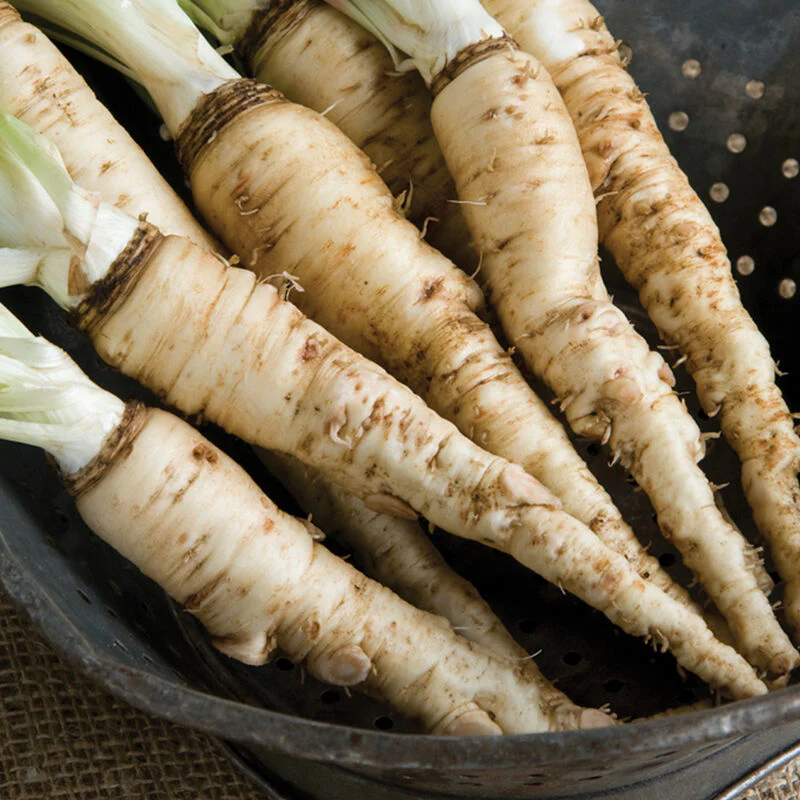 Depression era plants like salsify helped fill hungry tummies when there was no money to buy food. It also tastes like oysters.
Depression era plants like salsify helped fill hungry tummies when there was no money to buy food. It also tastes like oysters.Meet salsify, the “oyster plant.” It’s a mild white root that was common a century ago. Peel and pan‑fry or add to soups.
Scorzonera, or black salsify, is similar and hardy. It can live in the ground over winter. It’s an old taste worth bringing back.
Kohlrabi looks odd but grows fast. The bulb stem is crisp and sweet. Eat it raw or sautéed.
Celeriac is the knobby cousin of celery. It stores like a champ. Cube it for soups or mash it with potatoes.
Jerusalem artichoke, or sunchoke, is tough and productive. It grows tall and makes lots of tubers. Plant it where it can spread.
Onions are kitchen gold. Plant sets for bulbs. Choose storage types like Spanish Sweet or Red Creole.
Plant garlic in fall for next summer. It asks for little and gives a lot. Braid and hang to cure.
Leeks keep you cooking all winter. They handle cold and taste rich. Hill the stems to blanch them.
Radishes fill gaps fast. Try French Breakfast or White Icicle radish. You can even eat the seed pods of “rat‑tail” radish.
Swiss chard is a workhorse green. It survives heat and light frost. Pick leaves for months.
Spinach loves cool weather. Sow early and again in fall. When it bolts, switch to beet greens for the same feel.
Okra shines in heat. Pick pods short and tender. It fries, stews, and thickens gumbo.
Tomatoes were a canning star. Paste types like Roma make sauces that stretch meals. Grow a few slicers too.
Peppers add flavor without cost. Sweet bells and hot chili peppers dry well. A pinch of heat makes simple food sing.
Herbs stretch simple dishes. Dill, parsley, thyme, and sage were pantry basics. A handful turns “plain” into “good.”
Plant a few perennials for steady harvests. Rhubarb, asparagus, and sorrel come back each year. They offer early food when you need it.
Try Egyptian walking onions. They multiply on their own. Snip greens year‑round.
Some folks still pick wild greens. Dandelion and lamb’s quarters are common. Learn safe ID first and only harvest clean sites.
Add old pie plants for treats. Ground cherries (husk cherries) are sweet and fruity. Garden huckleberry cooks into jam and pie when ripe and prepared.
Let easy plants reseed. Dill and cilantro will pop up next year. That saves money and time.
Tight on space? Use containers and trellises. Pole beans, cucumbers, and peas all climb.
Plan successions. Cool‑season roots and greens in spring. Warm‑season staples in summer. Then fall greens and roots again.
Save seeds from open‑pollinated varieties. Beans, peas, and tomatoes are beginner‑friendly. Keep squash and melons separate if you want pure seed.
Build soil like your grandparents did. Add compost, leaves, and well‑rotted manure. Mulch to hold water and block weeds.
Water smart. Deep, rare watering grows strong roots. Mulch thick and try drip lines if you can.
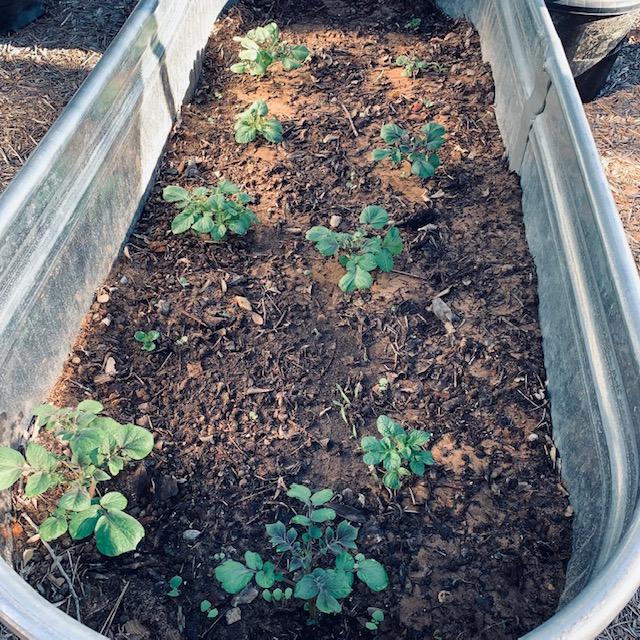 Potatoes planted in one of our troughs...
Potatoes planted in one of our troughs...On a budget? Start with a short list. Potatoes, dry beans, cabbage, kale, beets, onions, and a winter squash can feed you well.
Learn simple storage. Dry beans in jars, onions and garlic braided, squash on shelves. Ferment cabbage, can tomatoes, and dry peppers.
Cook like it’s 1933. Bean soup with cornbread. Skillet hash with potatoes, onions, and greens. Succotash of corn and beans. Colcannon of potatoes and kale.
This is more than food. It’s control, hope, and health. We need nutritious foods that we can grow in our backyards during lean times, and these crops deliver.
If you want real food to feed the family in the depression style, start planting now. Choose depression era plants to grow in the vegetable garden today, and build your own victory garden one row at a time. Your future self will thank you.
 My grandmother used to serve rutabagas with meals. They have a mildly sweet flavor and I like them better than turnips.
My grandmother used to serve rutabagas with meals. They have a mildly sweet flavor and I like them better than turnips.Monday, November 24, 2025
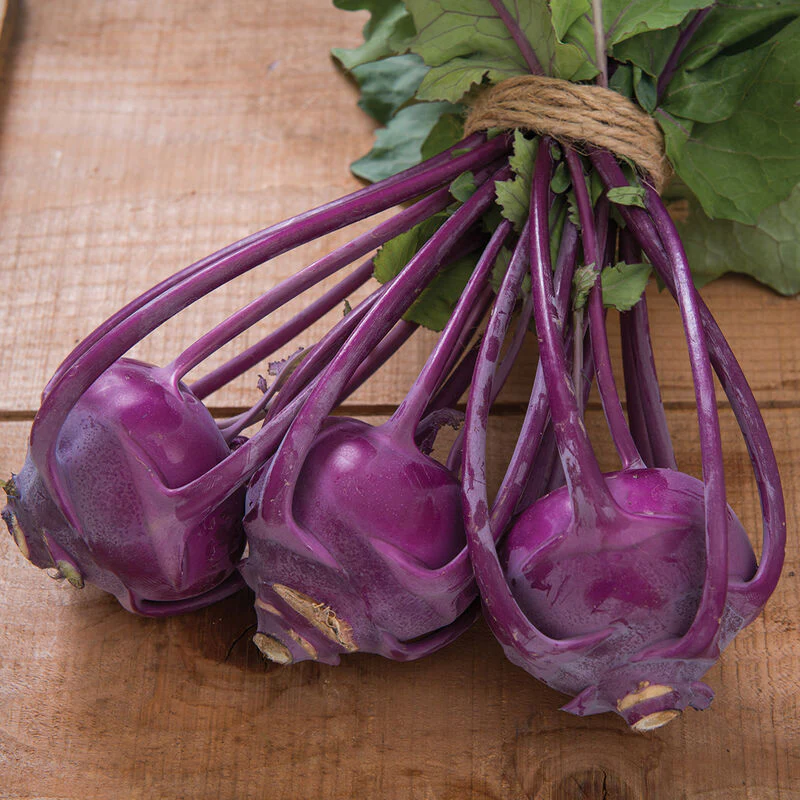 This is Azur Star Kohlrabi. You can grow unusual Depression era plants like this in your garden.
This is Azur Star Kohlrabi. You can grow unusual Depression era plants like this in your garden.Good morning and happy Thanksgiving week! Today was supposed to be our best chance for rain but according to Alexa, there is a zero chance today. It is now 7am and still no rain. Yesterday's rain did not even register on our rain gauge.
As you read above, this week's garden topic is Depression era plants. My grandparents were in their 20s when the Great Depression began and they had big gardens to feed their families. Both of my parents were born in the 1930s so they grew up during this time. Money was tight which is why they had to grow food. I watched several videos describing vegetables they grew back in the 1930s and 1940s. It turns out that we sell a lot of the seeds for these vegetables.
Tuesday, November 25, 2025
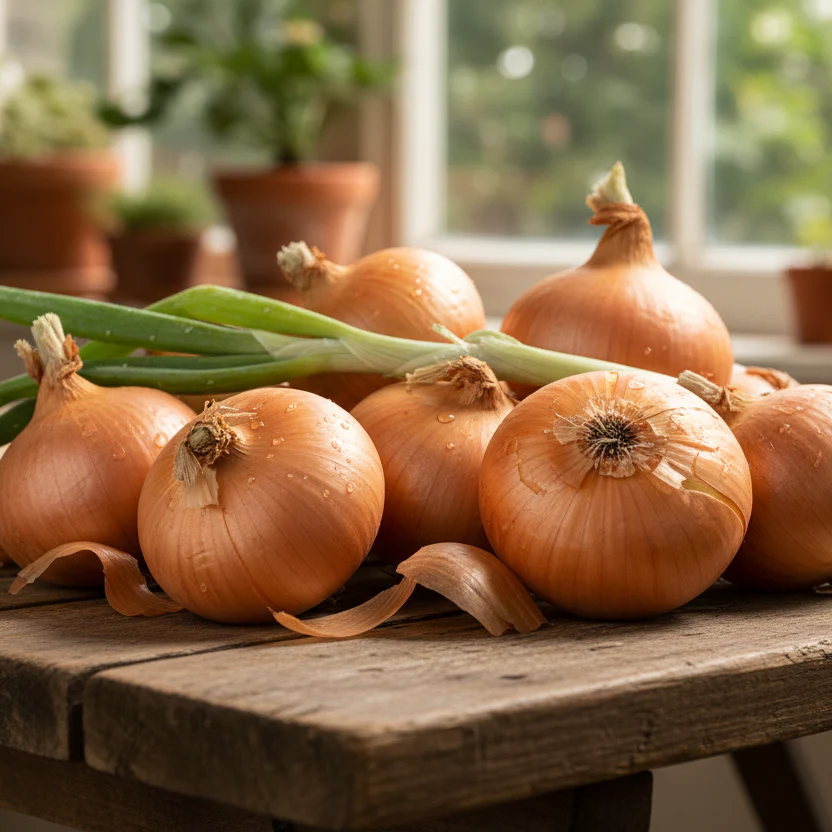 The Spanish Sweet onion is one of the Depression era plants to grow if you want onions that store well over winter.
The Spanish Sweet onion is one of the Depression era plants to grow if you want onions that store well over winter.Wednesday, November 26, 2025
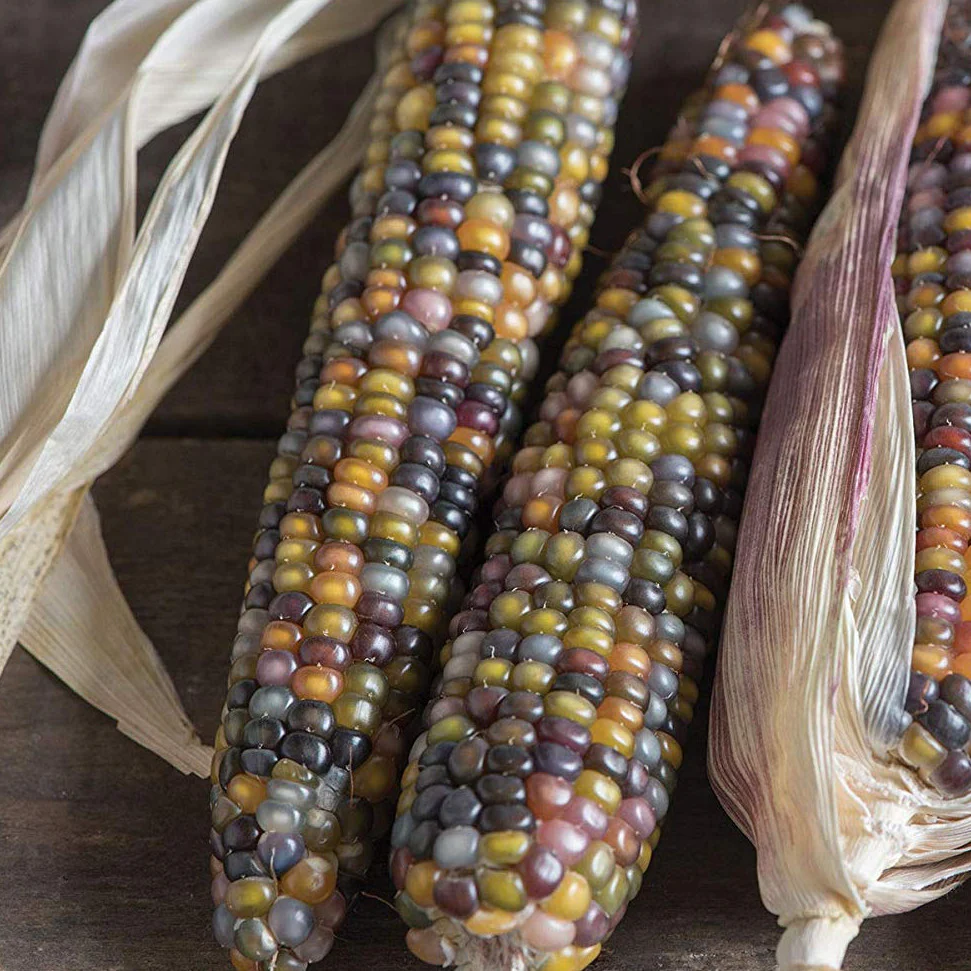 This is Glass Gem corn, a favorite Depression era plant.
This is Glass Gem corn, a favorite Depression era plant.Thursday, November 27, 2025
 Hubbard Blue squash is one of the Depression era plants grown in many victory gardens.
Hubbard Blue squash is one of the Depression era plants grown in many victory gardens.Friday, November 28, 2025
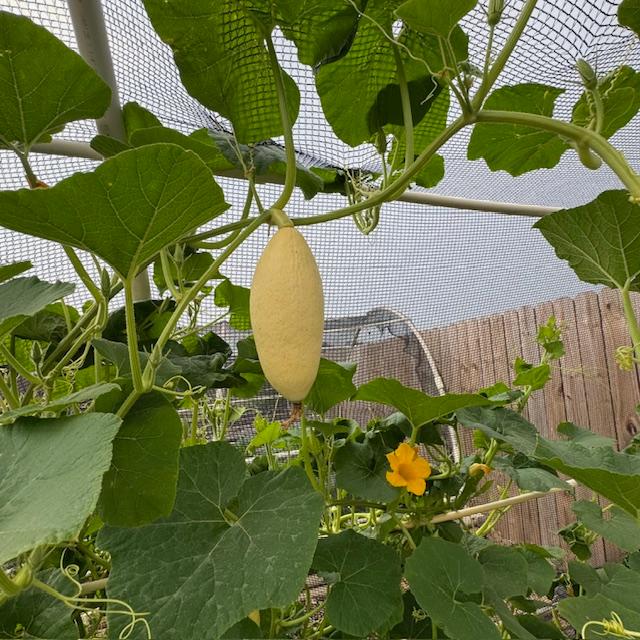 Grow Depression era plants like the Pink Banana Jumbo winter squash. I grew this in the spring of 2025.
Grow Depression era plants like the Pink Banana Jumbo winter squash. I grew this in the spring of 2025.Saturday, November 29, 2025
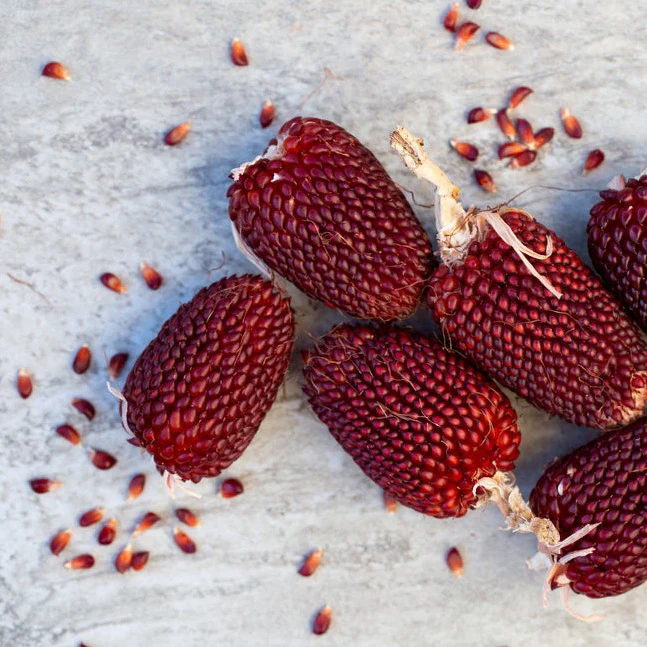 This is Strawberry Cherry Berry popcorn, one of the many Depression era plants that our grandparents grew.
This is Strawberry Cherry Berry popcorn, one of the many Depression era plants that our grandparents grew.Sunday, November 30, 2025
 This is Dragon fennel, another one of the Depression era plants found in many victory gardens.
This is Dragon fennel, another one of the Depression era plants found in many victory gardens.Return from Depression Era Plants to Year 7 Of Farm Life
Anything To Share On This Topic?
Would you like to share additional information about this topic with all of us?
Since 2009, over 2,000,000 home gardeners, all across the USA, have relied on David's Garden Seeds® to grow beautiful, productive gardens. Trust is at the heart of it. Our customers know David's Garden Seeds® stocks only the highest quality seeds available. Our mission is to become your lifetime supplier of quality seeds. It isn't just to serve you once; we want to earn your trust as the primary supplier of all of your garden seeds.
Watch Our 2022 TV Commercial!
Sing Along To Our Jingle
♪♫♪♪ ♫ ♪ ♫♪♫♫
♪♫♪♪♫♫
Peppers and peas
And lots of yummy greens
You can't go wrong
With Squash This Long
At David's Garden Seeds
♪ ♫ ♪ ♫
Our New 2024 TV Ad
Please like and subscribe on YouTube and come visit us at our Farm Store! The music on our TV ad was written, played, and sung by our son, Matthew Schulze. You can meet him when you come to the farm. He just might give you a tour. Ask him to grab a guitar and sing our jingle that he wrote.

We are David's Garden Seeds®. If you need great seeds, we've got over 1,200 varieties to choose from.
Subscribe To Mrs. David's Garden Seeds® Newsletter For FREE!
Find out what is going on down on the farm by reading our blog and by subscribing to our free newsletter for all of the information going down at David's Garden Seeds® and on the farm. I love to share helpful information with you. Please let your friends know and y'all come on down for a visit when you get the chance. We would love to meet you!

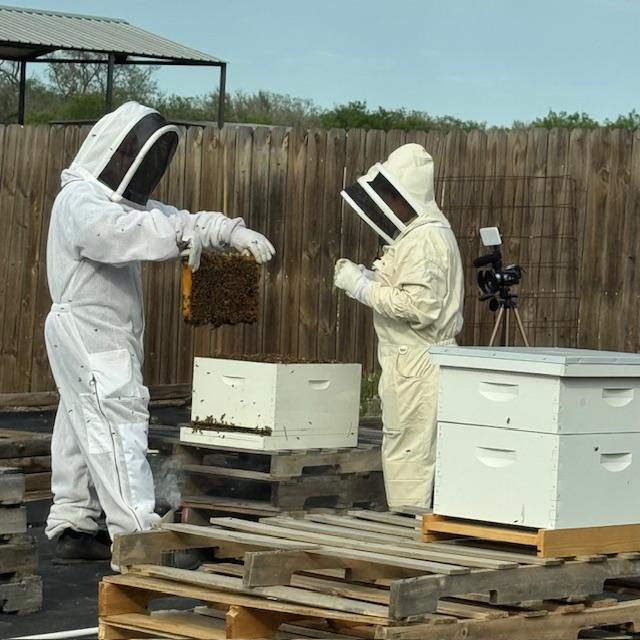 Our bee hives
Our bee hives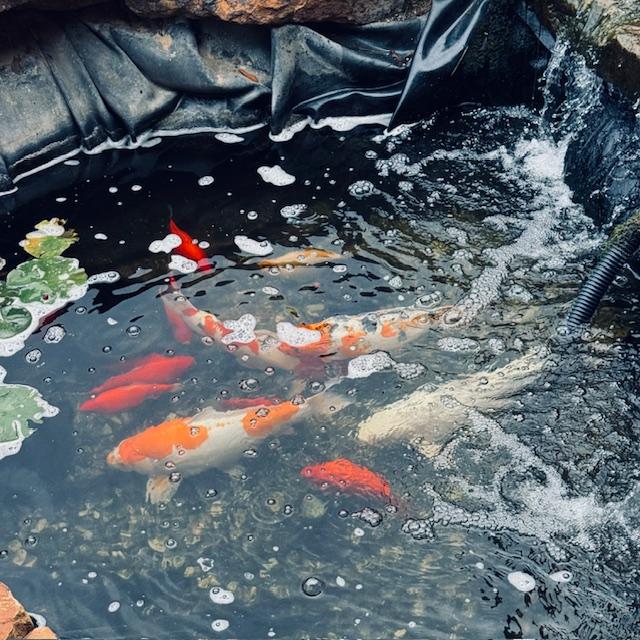 Our fish pond
Our fish pond Our chickens
Our chickens Our bunny rabbits
Our bunny rabbits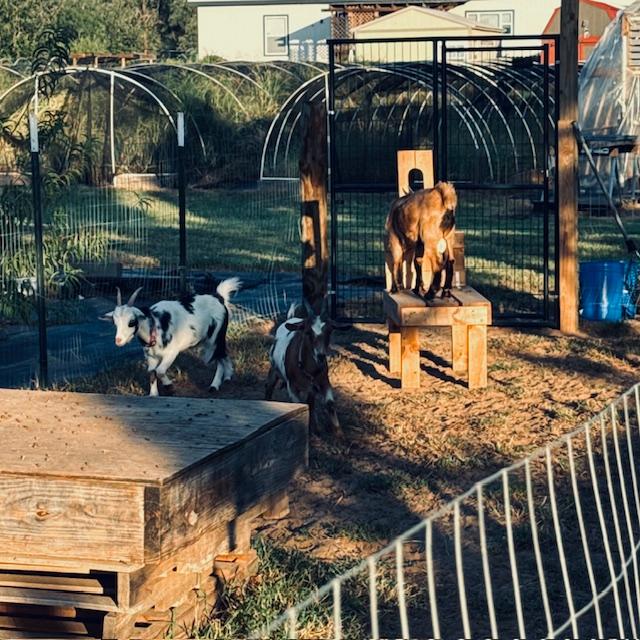 Our Nigerian Dwarf goats
Our Nigerian Dwarf goats A few of our raised garden beds
A few of our raised garden beds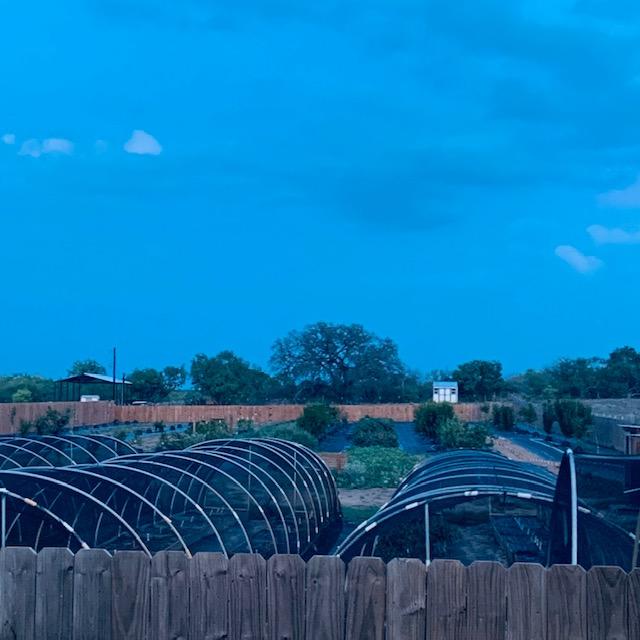 Our orchard and hoop houses
Our orchard and hoop houses Inside our high tunnel
Inside our high tunnel Take a selfie at our official selfie spot!
Take a selfie at our official selfie spot!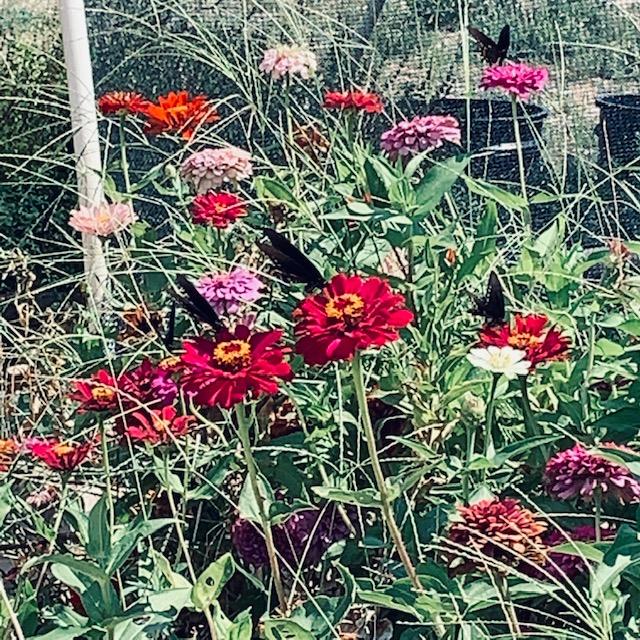 Flowers, bees, and butterflies are everywhere!
Flowers, bees, and butterflies are everywhere!